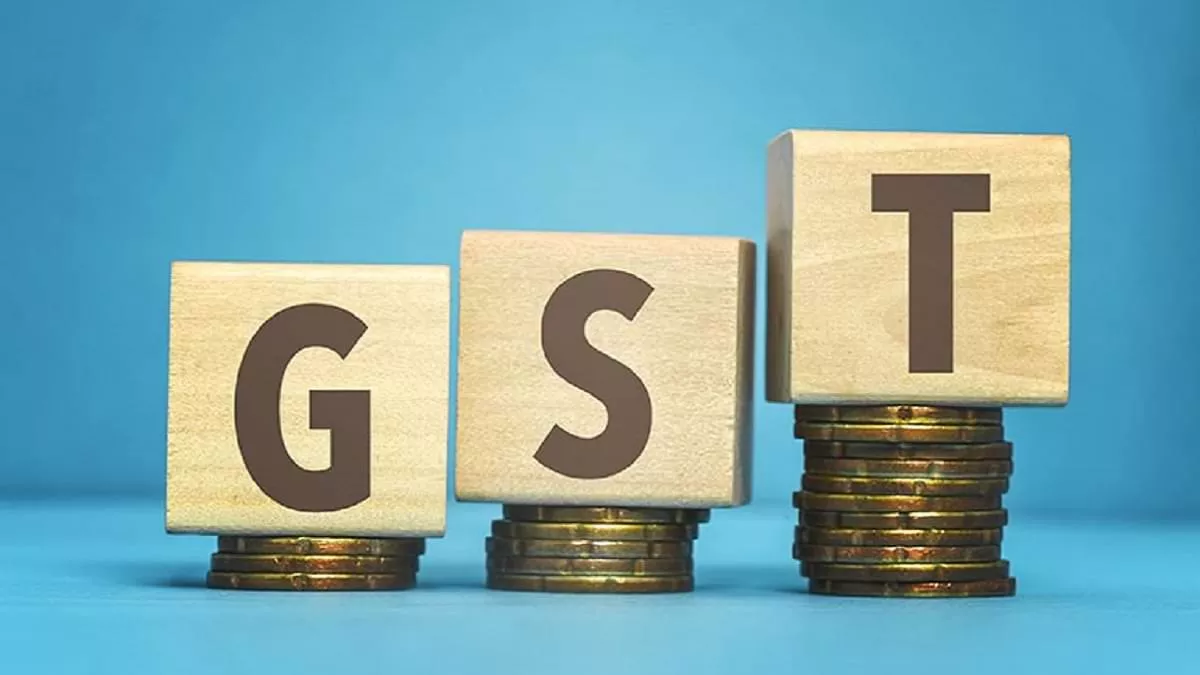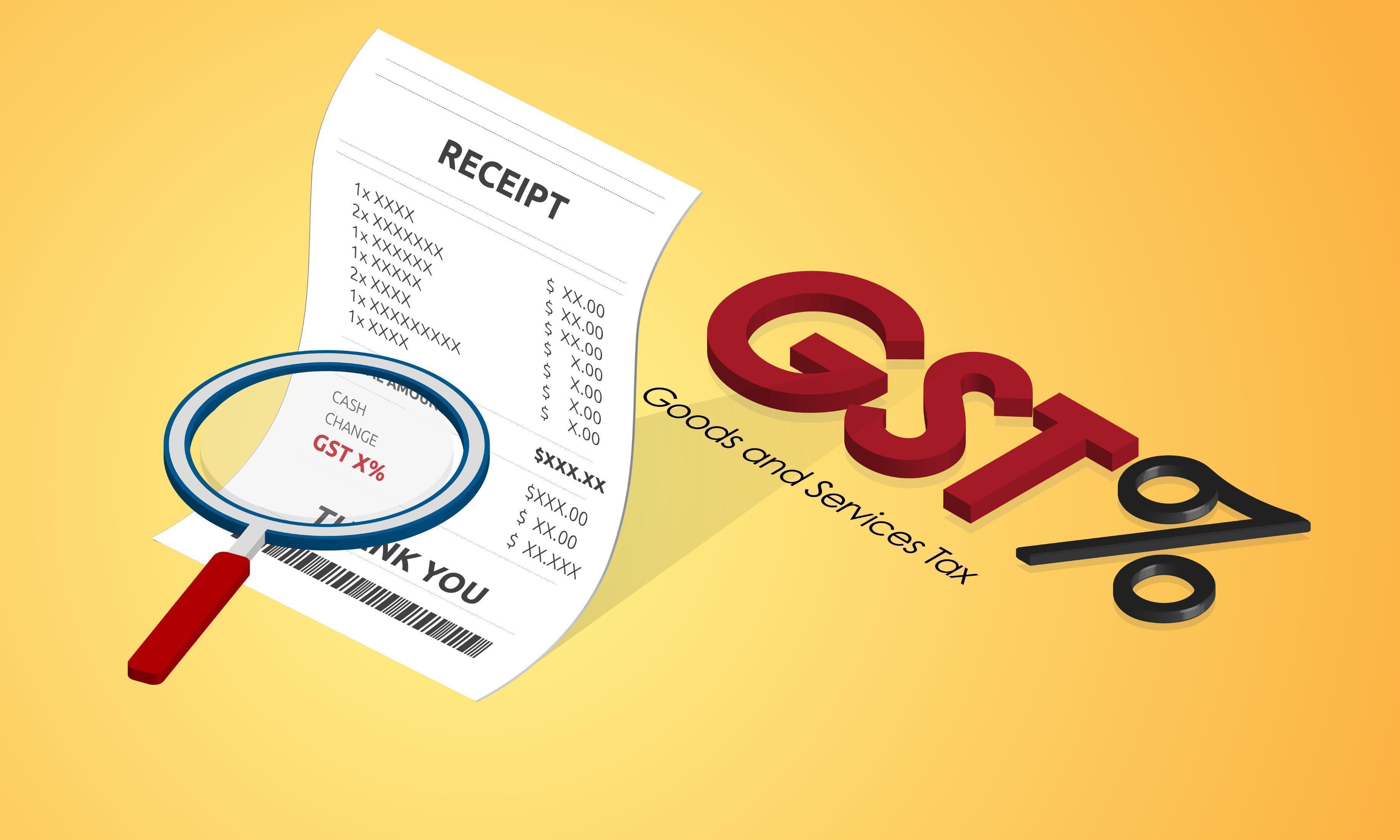September GST Collection Surges 10% to Rs 1.62 Lakh Crore

September GST Collection Surges 10% to Rs 1.62 Lakh Crore
Goods and Services Tax (GST) is an indirect tax implemented in India on the supply of goods and services. It is a comprehensive, multi-stage, destination-based tax: comprehensive because it has subsumed almost all the indirect taxes except a few state taxes.
The consistent growth in GST collections reflects the health of the economy and its recovery, especially after adverse economic events.
In September, India’s GST collections have risen by 10% to a commendable figure of over Rs 1.62 lakh crore. This is a significant marker, especially given the context of economic challenges the country has been facing in the recent past.

In September, the gross GST collection increased 10% to above Rs 1.62 lakh crore, breaking the Rs 1.6 lakh crore barrier for the fourth time this fiscal year.
Last month, gross GST receipts totaled Rs 1,62,712 crore. From this total, the following amounts were deducted: cess was Rs 11,613 crore, central GST was Rs 29,818 crore, state GST was Rs 37,657 crore, integrated GST was Rs 83,623 crore (including Rs 41,145 crore collected on import of goods), and it was Rs 83,623 crore.
According to a statement from the finance ministry, the income in September 2023 was 10% more than the GST revenue of Rs. 1.47 lakh crore in the same month last year.”During the month, revenues from domestic transactions (including the import of services) increased by 14% compared to the same period previous year. The gross GST revenue in FY 2023–24 exceeded Rs 1.60 lakh crore for the fourth time, according to the statement.

The uplift in GST collections can be seen as a direct result of the rebound in economic activities across sectors. Post-COVID lockdowns, many industries have started to regain momentum, thereby leading to increased production and consumption, both of which contribute to higher GST collections.
Over the years, the GST Council has taken numerous measures to simplify and streamline the GST process, making compliance easier. This, in turn, has reduced the scope for evasion and increased collections.
With continuous monitoring and implementation of measures like e-invoicing, the compliance rate has increased. This means a larger section of the business community is now reporting their transactions correctly, leading to better tax collection.
With more businesses and services coming under the GST net, the tax base has naturally expanded. New registrations, coupled with the broadening scope of GST, have led to a rise in collections.
When compared with the figures of the same month in the previous year, this 10% increase clearly showcases the strides the economy has made in the face of adversity.

It is crucial to mention that such growth rates are not just a result of the base effect but also a combination of renewed consumer confidence, business resilience, and effective policymaking.
Higher GST collections imply that the government has more revenue at its disposal. This can be utilized for infrastructural development, social welfare programs, and other growth-inducing initiatives.
Robust GST collections are often considered a positive sign for the economy, indicating healthy consumption and production patterns.
With increased revenue from taxes, the government is in a better position to manage its fiscal deficit, ensuring a stable macroeconomic environment.

The rise in GST collections for September is a positive sign for the Indian economy. It reflects the resilience of the Indian market, the effectiveness of the GST system, and the government’s efforts to stabilize and grow the economy amidst global challenges.
While it is essential to celebrate these milestones, continuous efforts are required to ensure the growth is sustainable and benefits are evenly distributed across sectors and regions.




